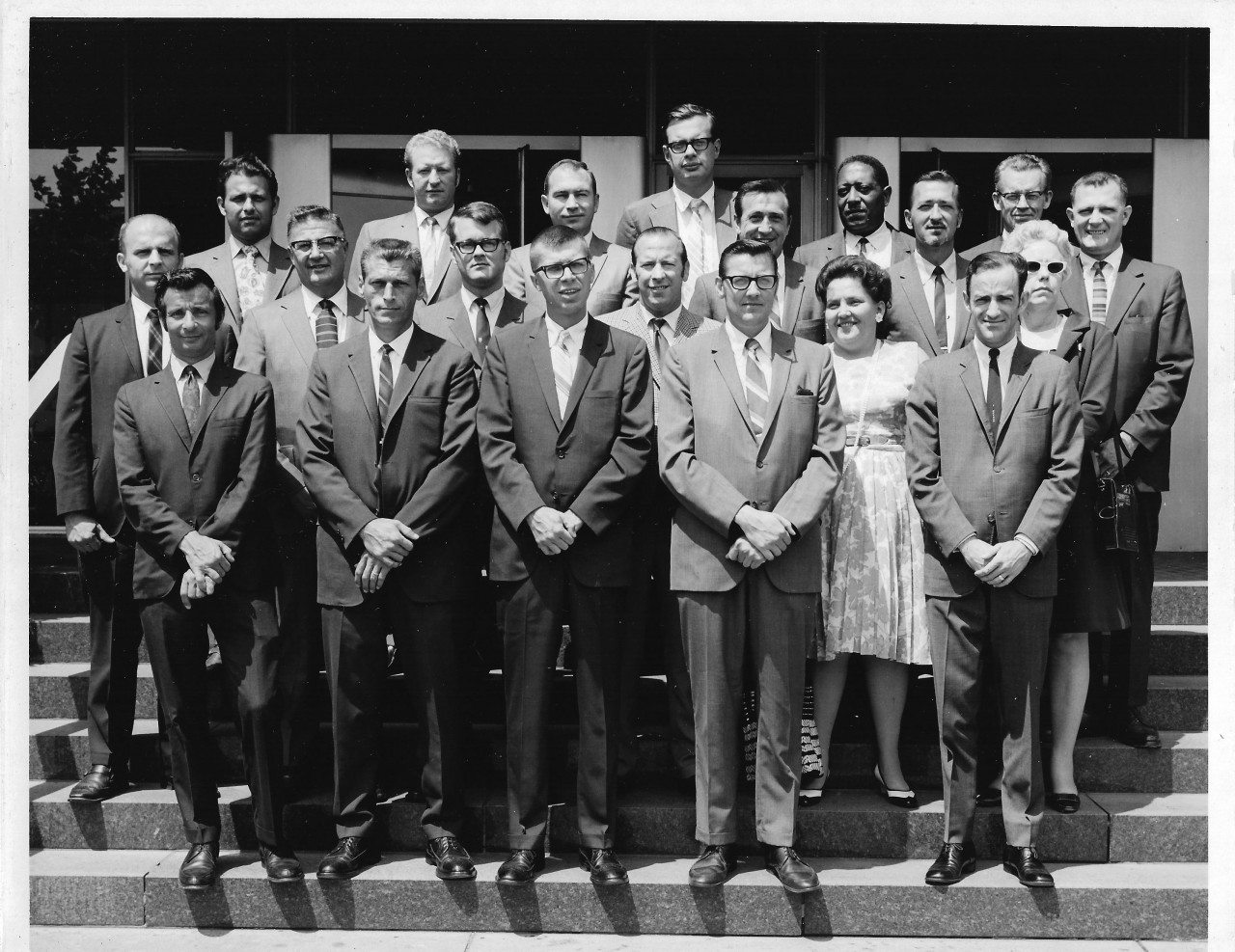Race and Technology
The First Black Software Engineer in America
It was the late 1940s, post–World War II America. Anything was possible! Duke Ellington swung jazz. Jackie Robinson swung a big-league bat. Brown v. Board of Education swung through the courts. Nowhere were new possibilities and promises felt more deeply than in Harlem, which was then Black America's gravitational center. In a City College classroom on the edge of Harlem, an accounting professor invited one of her students to dinner. The Black GI arrived at her swanky apartment dressed to the nines, and Thomas J. Watson Sr., founder of IBM, stepped from the shadows. Watson offered my father a job, and a Branch Rickey–Jackie Robinson moment ensued: the start of an unknown chapter in the history of modern-day computers.
But IBM did not welcome its first Black systems engineer. My father spoke of the many obstacles he faced: hostile classrooms where he struggled to receive in education; a meeting with a customer, which turned out to be a set-up with a prostitute; being passed over for promotions; and forced to train White men who would ultimately become his superiors. All the while, he labored under the burden of being a symbol; a sense that, much like Jackie Robinson in Major League Baseball, all Blacks to come in high-technology would be judged by how he behaved, and how he performed, at IBM.
Ultimately, rather than blaming others, my father came to believe that his darker skin placed him at a disadvantage. Skin color conveyed intelligence. Lighter skin meant greater intellect, darker skin the opposite. My father read widely of such racist views and did nothing to counter what he read.
He did not know that he had signed onto a company with a secret racist past. Eugenics, the Holocaust, Apartheid; IBM, its technology, and Thomas J. Watson, were directly involved in some of the worst racial atrocities of the twentieth century.
In 1933, five years after his involvement with the Eugenics Record Organization and their Jamaica Project, which sought to identify undesirable mixed-race individuals on the island of Jamaica, Watson placed IBM in the service of Adolf Hitler and the Third Reich. The company used the lessons learned from working with eugenics to help Hitler identify and exterminate Jews. IBM's expertise in automating horrific, race-driven agendas did not even stop with the defeat of the Third Reich. Not long after the end of World War II, IBM began anew in South Africa, where another regime arose and required digital technology's dark arts to suppress those it deemed undesirable.
Watson and his IBM did not create my father's wound of color, but working at IBM, with its long history of technology in the service of racial purity and oppression, appears to have never allowed that wound to heal. My father's belief in the importance of skin color in determining one's destiny only grew stronger over the years of his employment. IBM's dark history, however unconscious, seems to have gotten under my father's skin.
An adapted excerpt from Think Black: A Memoir, by Clyde W. Ford, copyright 2019. Reprinted with permission from Amistad, an imprint of HarperCollinsPublishers. Think Black will be published on September 19, 2019. It is available on pre-order now from your preferred bookseller.




